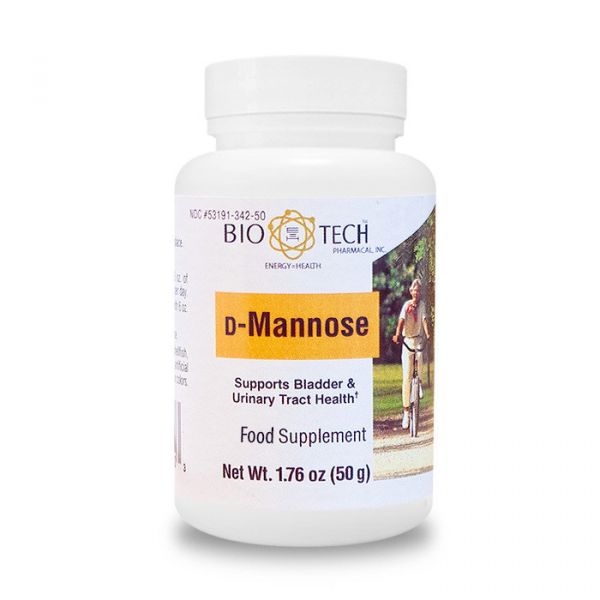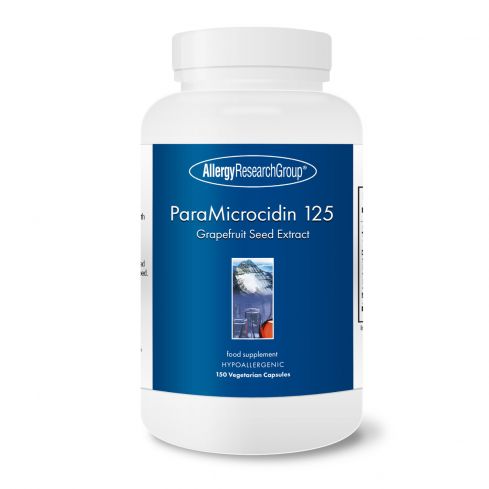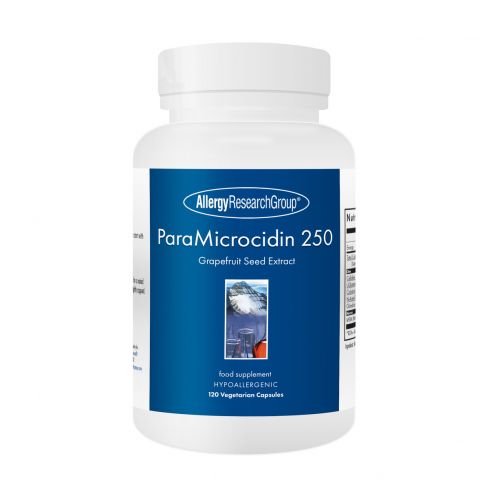We use cookies to understand your preferences: allowing saved baskets, quicker checkouts, tailored recommendations, smooth account access and more. By continuing, you consent to their use. Learn more.
D Mannose Powder x 50g
D-Mannose a naturally occurring sugar molecule that helps to stop e. coli bacteria from adhering to epithelial tissue.
Extracted in the form of D-Mannose, a white crystal sugar similar to glucose, it ca is n be easily dissolved in a liquid and swallowed. The amount of D-Mannose contained in cranberry juice is far less than the therapeutic recommended dose of D-Mannose, and cranberry juice often contains large amounts of added sugars, the kind of sugars that are known to suppress the activity of the white blood cells that destroy unfriendly bacteria. Product available in 50g or 100g



order before 2pm for next working day delivery (UK Only)
Food supplements should not be used as a substitute for a balanced and varied diet.


Description
D-Mannose is a naturally occurring sugar molecule that is found in relatively large quantities in fruit such as peaches, apples, oranges and certain berries like cranberries and blueberries. Extracted in the form of D-Mannose, a white crystal sugar similar to glucose, it can be easily dissolved in a liquid and swallowed. The amount of D-Mannose contained in cranberry juice is far less than the therapeutic recommended dose of D-Mannose, and cranberry juice often contains large amounts of added sugars, the kind of sugars that are known to suppress the activity of the white blood cells that destroy unfriendly bacteria.
What happens to D-Mannose in my body?
D-Mannose is absorbed in the upper intestines, but at a much slower rate than most sugars. Unlike other sugars, D-Mannose is not readily converted to glycogen in the liver, but instead passes directly into the bloodstream largely unchanged. As the D-Mannose laden blood passes through the kidneys, a considerable proportion of the sugar enters the urine. As the urine flows out of the body, it literally sugar-coats any free-floating E. Coli it encounters, so the bacteria cannot adhere to your inner tissues any longer. The small amount of D-Mannose not excreted is harmless, and is completely safe for people with diabetes.
E. Coli causes Cystitis (in almost all cases)
E. Coli is the bacterium that is to blame for the condition of cystitis in about 90% of cases. The E. Coli is the normal E. Coli found as part of the normal bacteria in every intestinal tract. But even normal E. Coli do not belong in the bladder & urinary tract; in these areas it multiplies and becomes an undesirable infection. The E. Coli “stick” to the inner walls of the bladder and even work their way upward in some case reaching as far as the kidneys. The cell walls of E. Coli are covered in tiny finger-like projections, the tips of which are an amino-sugar complex, known as a ‘glycoprotein’ but also referred to as a ‘lectin’. E. Coli lectins have the capacity of sticking the bacteria to the inside walls of our bladders and urinary tracts so they can’t be rinsed out by urination.
D-Mannose “sticks” tight to E. Coli
Fortunately for us, but unfortunately for the E. Coli, D-Mannose sticks to the E. Coli lectins even better than E. Coli lectins “stick” to human cells. When you take D-Mannose, almost all of it spills into your urine through your kidneys, literally coating any E. Coli present so they can no longer “stick” to the inside walls of your bladder and urinary tract. The E. Coli are literally rinsed away with normal urination.
Superior To Antibiotics
Antibiotics kill unwanted micro-organisms, but also kill many friendly bacteria. Every woman is familiar with yeast infections that follow antibiotic use, as the friendly bacteria are killed off along with the bad bacteria leaving the antibiotic-insensitive yeast to grow out of control. Antibiotics also deplete the body of many vitamins and minerals. In contrast, D-Mannose doesn’t kill bacteria of any kind. D-Mannose may help to relocate misplaced E. Coli from inside of our urinary tracts to outside. (Since D-Mannose is absorbed in the upper small intestine, it doesn’t relocate the friendly E. Coli normally present in the colon). D-Mannose treatment of E. Coli bladder and urinary tract infections may be an ecologically sound treatment.
Directions for use
Adults: 1/2 to 1 teaspoon with 6oz. of water, three or four times per day
Maintenance: 1/2 to 1 teaspoon with 6 oz. of water per day.
Children: 1/4 to 1/2 teaspoon dose.
Nutrition Facts
| Amount Per Serving: | % Daily Value | |
|---|---|---|
| D-Mannose | 0.9gms | * |
* Daily Value not established
Other ingredients: None.
Contains NO: daily, egg, fish, shellfish, nuts, wheat, gluten, soy, yeast, artificial preservatives, flavors, sweeteners or colors.








